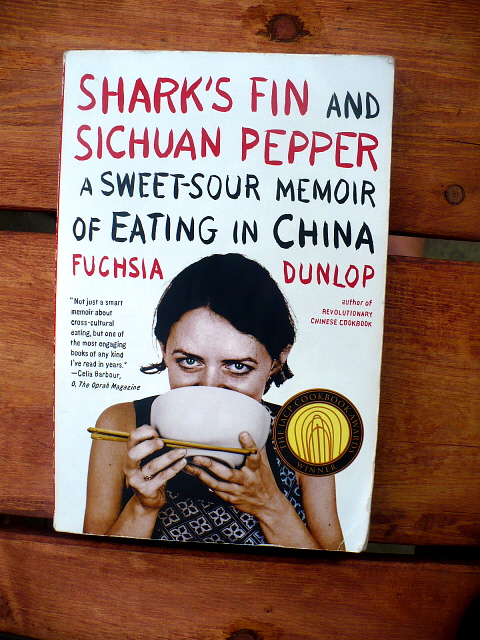The vibe of the city of Lisbon is most intriguing. Everyone seemed to go about at a leisurely pace, yet still with steady purpose. As a Jersey boy I learned to Move, not to meander, so a little adjustment was in order. Taking the time to see the sights was well worth the doing though, and so I submitted myself to the flow of the more relaxing local pace.
I was put in mind of New Orleans quite early on in my time there, and the comparison never really got out of my head. In another three or four hundred years, I suspect it would look a lot like Lisbon does now. Modern conveniences laid with care upon and alongside the well-polished bones of a vast and complex history.
Churches were huge, yet in addition to the massive basilicas and other sites, many such places were hidden among the streets just like any other building. That felt strange, given how externally ostentatious most churches have been in the places I've lived. Strangely enough, I didn't feel even a little out of place in any of these, even when the chapels were empty. Perhaps it's the history, the shared understanding of age and time that I have, and that the culture in the US really doesn't.
Markets and restaurant rows were plentiful and relentless- each and every one I made it to had a thoroughly raucous vibe, everyone enthusiastically going about their business on both sides of the counters, much and many open to the air. Though the weather was also a bit brisk, no one seemed to mind. There were lots of cookie-cutter souvenir shops with all manner of small, probably quite breakable things. I did, however, pick up some postcards. After mailing them though, I discovered that mail in Portugal can be used to set one's calendar rather than one's watch. So... mom, husky, if either of you read this, you may possibly get a postcard sometime in the next year.
Now touring the streets was made relatively simple with metro passes, so score one for public transit outside of the US. Big surprise, right? Pbbbth. The architecture itself served to make navigation relatively easy, with the buses and trolleys running regularly and plenty of landmarks. Though to my mind the metro stops really need larger signs or more visible onboard route maps. If you aren't counting stops or have a timer set, you've got to keep your eyes and ears open!
It also seemed like every couple of blocks there was another bakery with the local specialty on offer- Pasteis de Nata, or 'cream tarts'. These suckers were everywhere, and since they're composed of many of my favorite dessert components, they redeemed a lot of the other less than stellar food.
They're actually not too tough to make- it's an infused custard, poured into what's basically kouign-amann dough pressed into a tart shell shape, then baked till crispy, flakey, and decadent. It's rich, buttery, and delicious while not being too sweet. I would cheerfully eat them every day (and very well may have- shhh, don't tell). Also they come most commonly in 6-packs, like the sleeve I'm holding in the picture here. That's why they're dangerous! You think "I'll just get one!", and suddenly you're staring at the empty sleeve, nursing a large cup of coffee, and wanting a nap.The notion of Portugal having fantastic food is so pervasive, but finding the bulk of the reasons why seemed to want to take more time than I had. A notion, for example, that would not leave my head amidst a questionable lunch decision: "How does a place so well known both for seafood *and* for invading Japan have crappy sushi?" That was certainly A Day all right.
By this time I had more or less fought through the time change, but still groused about it at 3am when I couldn't stay asleep. Having the dreadful Daylight Savings hit me the day before I flew across the world made it a special sort of grumble-inducing. Though all that was nothing compared to the trip back. Never before have I actually wanted a layover for airplane travel, but the trip to SFO definitely had me wishing I had one. If there is ever a next time, perhaps I'll touch down in DC for the night, pester a friend for a couch and a ride, then finish the journey the following day.





